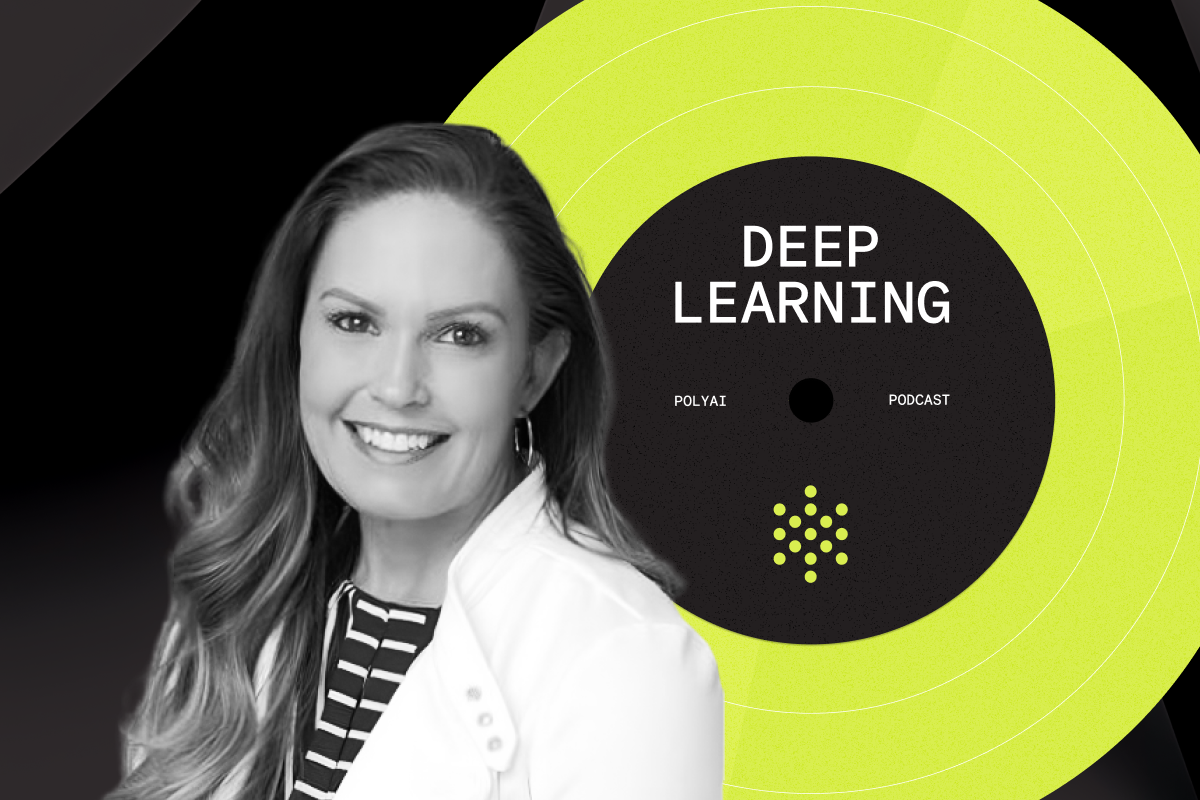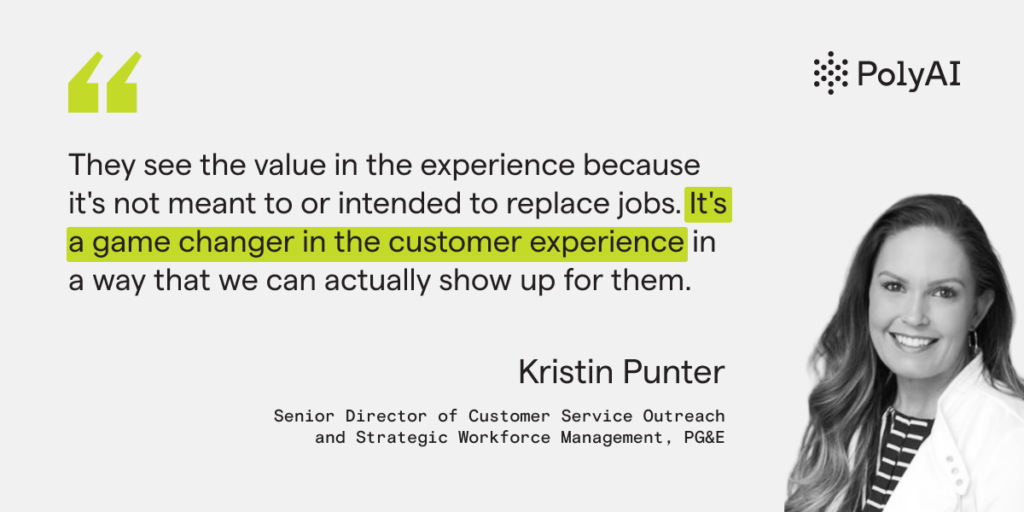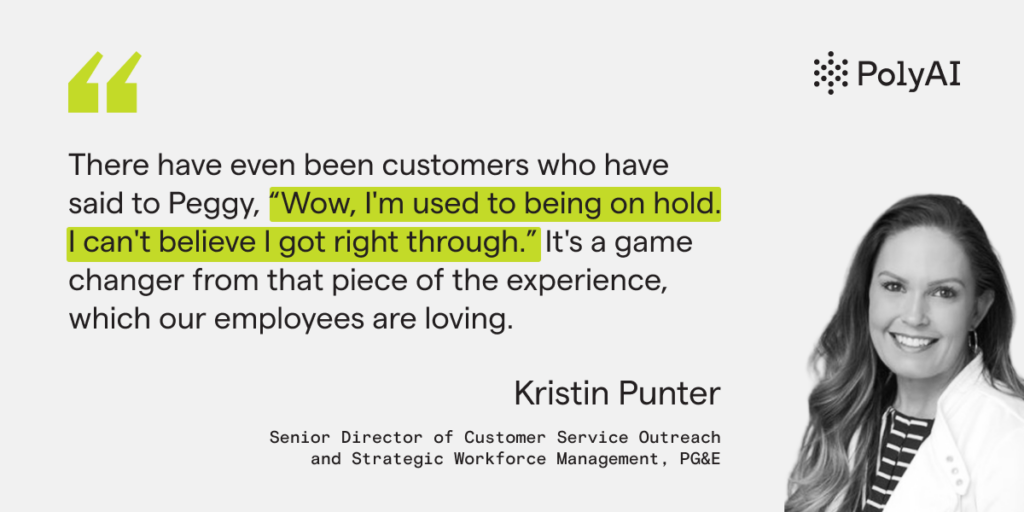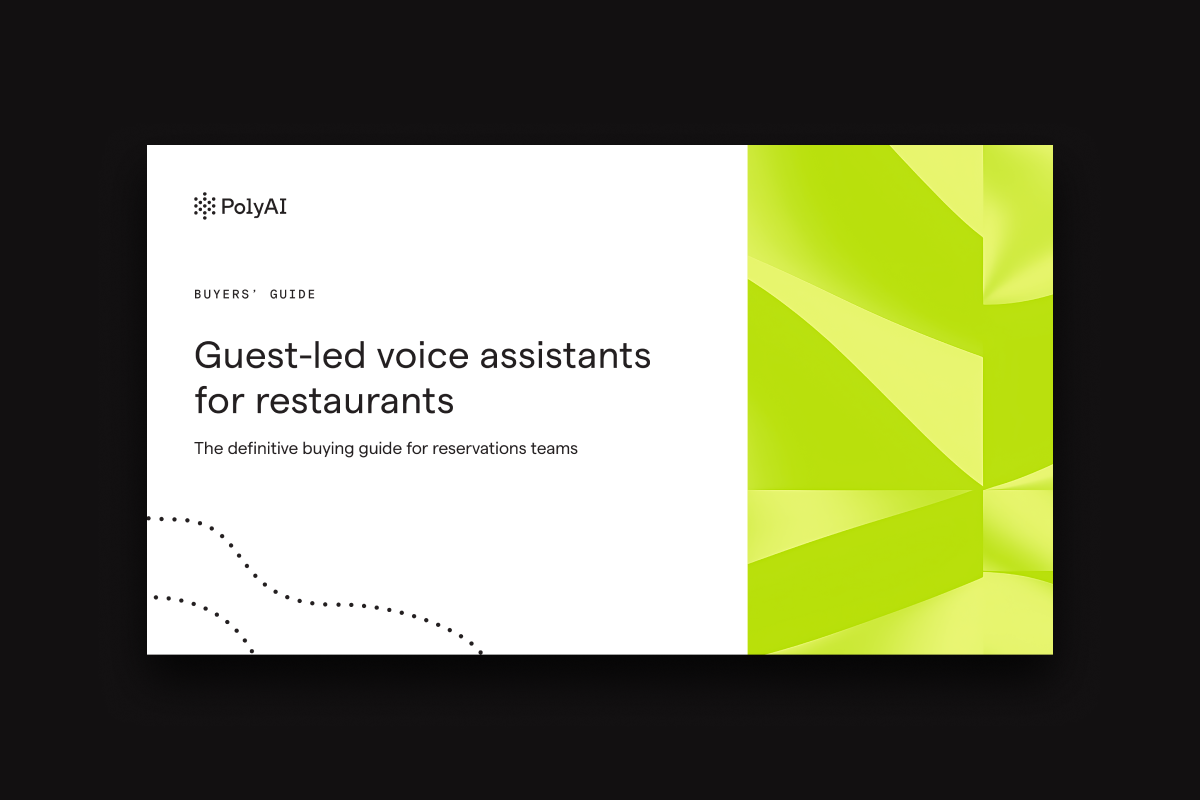In part two of this interview, Kristin highlights the innovative steps Pacific Gas and Electric Company (PG&E) is taking with their AI voice assistant, ‘Peggy,’ to provide real-time, efficient, and personalized customer service.
How do you think the future role of customer service professionals is changing as AI becomes more prevalent?
I look at AI twofold. I think it will change the customer experience for obvious reasons, but more importantly, it will serve as an assistant to our workforce in a different way.
You have generative AI which can pull information together from your knowledge bases. But, future state, imagine a world where the customer starts on the web and then passes over to AI through the phone lines, and then if it does pass over to a human being, all of that intel is popped right there on the screen in front of the employee. They can know what’s been talked about in what channel, what’s been done, and what they need to do. They can recap it for the customer, which builds trust and confidence with the customer because then it doesn’t feel like a time suck and a waste of everything that they did preceding that call.
It helps a company to show up through one single interaction through multiple channels. Having that at an agent’s fingertips is invaluable. Having the AI summarize it for the agent is invaluable because that’s fewer keystrokes and mouse clicks and less wrap-up work after the call.
It’s a game changer, and I think that internally, it serves as more of an assistant to make jobs easier versus something scary that is going to take jobs away. The change is for the good. And it’s something that employees are really going to embrace in time.
Many of our employees are actually excited about the possibilities. We’ve been doing a lot of change management and talking more and more about AI we’re researching AI and AI that we’ve already put in place and imagining the possibilities, which has gained some of their curiosity and excitement.
We’ve heard this from other PolyAI users, where reps are really warming up to AI. What kind of problems do your customer service reps see AI being able to solve to make their lives better?
We just recently launched a PolyAI voice assistant, so our reps obviously had the question of is this going to take our jobs away?
At PG&E, our customer service representatives are union members. At our first union meeting with the employees, we played some really good calls with our voice assistant ‘Peggy.’ They thought it sounded great. But realistically, it opened a dialogue where they were really open to it because our IVR is doing the same thing in a different way today, right?
Instead of a customer pressing one or pressing two for the different and various options or using very fragmented statements for, you know, “pay my bill,” instead of speaking in a conversational way.
They see the value in the experience because it’s not meant to or intended to replace jobs. It’s a game changer in the customer experience in a way that we can actually show up for them. And one of our biggest concerns for our agents is the first thing out of a customer’s mouth is, “I’ve been on hold for so long.” They have to diffuse that situation before they can even get into the conversation, versus now the experience is that it seems like the customer is getting their phone picked up immediately by Peggy.
There have even been customers who have said to Peggy, “Wow, I’m used to being on hold. I can’t believe I got right through.” It’s a game changer from that piece of the experience, which our employees are loving.
We’re in week four right now since launching Peggy. So far, we’ve had no pushback from our workforce. They’ve embraced it. They’re curious just the way that we are about what its possibilities can bring. I think where they’re really going to get super curious is in the future state when we can start passing through some of that information to make their jobs easier.
We hear a lot of customers complimenting the voice assistant. They don’t always realize they’re talking to a robot. We don’t want to trick callers into thinking they’re speaking to a person, but we want to enable them to forget they’re talking a robot. Because a lot of previous automated voice systems have been painful…
Oh gosh yes! Very painful! Especially in a utility world because a lot of what you need to do is collect street addresses which is really difficult to do accurately with automated systems. And now, it feels less like you’re speaking to a customer through technology than speaking with a customer with AI.
It’s fun to listen to the way Peggy responds. She responds differently to different tones from customers. Sometimes it’ll be a little bit looser if that’s what the customer is doing. Some of it is kind of straightforward, and that’s only going to get better over time.x
So how were you thinking about customer experience to make sure that you delivered something that didn’t feel like the clunky old-school approach to voice automation?
At PG&E, we don’t have the reputation of doing things fast and certainly not when it comes to technology. You would think we serve as Silicon Valley. You would think that we have the technology on lock, but we’re very conservative in that nature.
With AI, we took the approach of letting other people try it first. Historically we’ll learn from them and then we’ll do it. However, from all the research my team has done,
if we allowed that approach to continue, and if we don’t change our way of thinking, we’re going to miss the opportunity because everything is changing at such a rapid pace.
We’ve gone through all of the cybersecurity protocols to make sure that our customer data would be safe and our privacy rules would be in place.
There’s no other utility in the U. S. that we are aware of who is doing this? And no one’s doing it, which made it even more scary. There’s personally something very rewarding about being the first because that’s new for PG&E. My phone has been ringing off the hook by some of the other leaders throughout the utility industry.
We were informed internally that we were faced with a potential rate increase that would be coming in Q1 of this year, and we knew we had to do something, it’s like you see this tsunami coming.
Are you just going to let it take over? Or are you going to do something to protect yourself, protect your customers, build some shelter. And so that was where we started thinking the time is now let’s do something. Let’s make an experience that our customers need when they need us the most because high bills in the state of California, it’s an epidemic.
How has your approach to customer insights changed?
To have real time access and insights is something that historically took teams of people to go in and listen to calls. Certainly, you could pull some speech analytics. But it’s not the same as being able to have this experience where we can hear and feel and make real time changes.
We don’t have to go and code it, test it, retest it, do that in a lab environment, then push it to production, then test it again to make sure it’s working right. We see something, we hear something, we make a change, and it’s live the next day. And that has been a game changer for us as well in this space.
What advice would you give to people to ensure that they keep the customer at the center of their mind when undertaking these big technology projects?
Number one, I think the ground rules should be that every player in the room has an equal role. We all have different roles, but we have equal say in decision making.
One of the really interesting things that we practice here at PG&E is that we assign in all of our meetings, what’s called the customer in the room. And if you have the role of customer in the room, your job is different than the role that you brought to the table, but you have to then ask questions of the team during the meeting as if you were the customer.
It makes you pause. You can get tunnel vision, and you start thinking about the company, policies, practices, and procedures and tend to forget about the experience. So that designated role in each of our operational reviews helps us to always have that customer centricity.
Thank you so much to Kirstin for joining us and sharing her insights into her career and an exciting future at PG&E. Tune into the Deep Learning podcast where you can hear Kylie and Kristin’s conversation in full.






